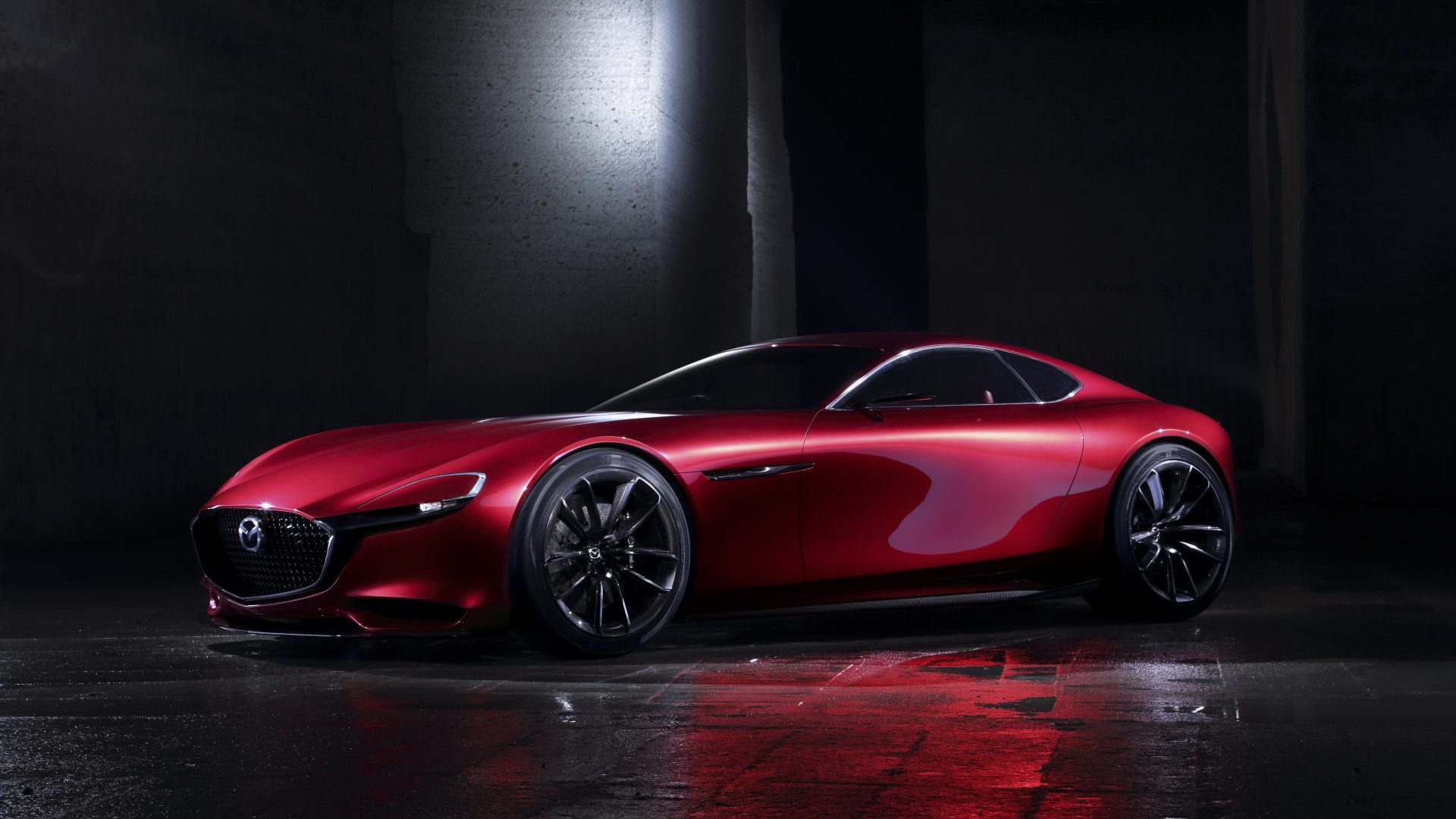

Mazda is in the midst of trying to reinvent itself as a premium brand, and plans revealed in a leaked investor relations document suggest that the diminutive automaker plans to do battle with the segment’s German stalwarts on their home turf with at least one rear-wheel-drive, inline-six-powered model.
Fiscal Year March 2019 Financial Results found on Mazda’s own website and originally unearthed by Jalopnik outline the automaker’s plans for the early-mid 2020s. According to the document, Mazda plans to boost the amount of revenue it brings in on every sale with its “new-generation lineup.” In short, the goal is to increase the average sale price of its upcoming models, both by slightly increasing the price of its entry-level models, but also by introducing new high-end products.
Mazda’s document doesn’t outline exactly what its premium models will be, but it describes planned changes to its “large architecture.” Though rear-wheel-drive sedans aren’t necessarily emblematic of upscale carmakers these days, Mazda could compete in that segment with a new platform referred to in the document only as “longitudinal engine layout.”
Cars with longitudinal engines tend to be rear-wheel-drive, though Mazda says this platform will have optional i-Activ all-wheel-drive. Powering models on its new “large architecture” will be new, ultra-efficient engines, encompassing both hybrid and traditional combustion engines. Of the former, there will be 48-volt mild hybrids and plug-in hybrids, whereas the latter will consist of new inline-six engines; one of an evolved Skyactiv-D diesel line, and the other, a six-cylinder version of Mazda’s bleeding-edge gasoline compression ignition, Skyactiv-X.
Mazda also outlines plans to catch up with the industry on the rapidly developing front of safety assistance technology and introduce a concept of Mazda Co-Pilot, previously described as an automated driving function, comparable to Cadillac’s Super Cruise or Tesla’s Autopilot. Electric models are also on Mazda’s radar, some developed in coordination with its partner Toyota, but also at least one “small architecture” EV developed independently, one previously confirmed not to be a sports car.
Unfortunately for fans of Mazda’s quirky historic signature, the Wankel rotary engine, the presentation makes no reference of any kind to this engine architecture. Tightening emissions regulations have forced Mazda to be noncommittal regarding the potential future of the rotary engine, whose sole role at present is as a candidate for electric car “range extenders” (onboard generators).
“We’re excited to bring these powertrains to our future vehicles as we continue on our path to premium,” explained a Mazda spokesperson to The Drive, confirming the automaker’s plans. “We know our fans will be yearning for additional details, however specific models, performance figures and market rollout will be disclosed at an appropriate time.”